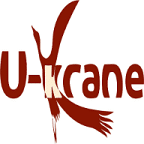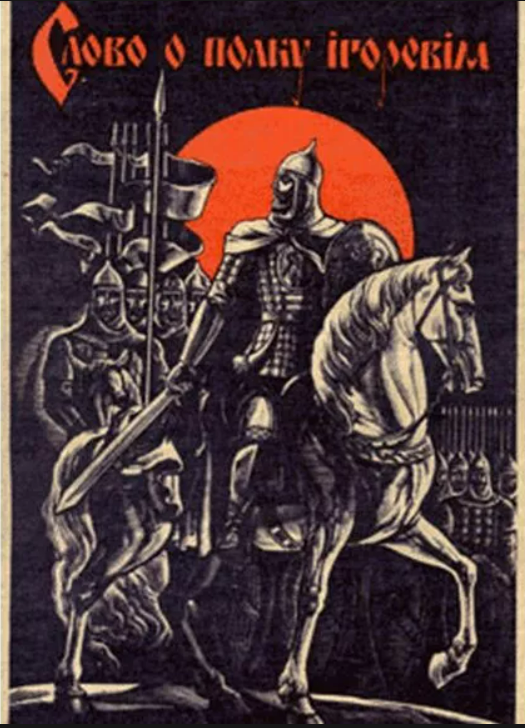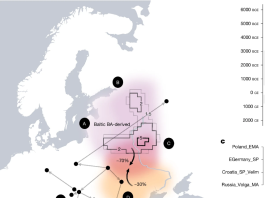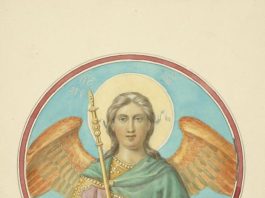Per Wikipedia, ‘The Tale of Igor’s Campaign‘ is an anonymous epic poem written in the Old East Slavic language. Britannica calls the poem ‘The Song of Igor’s Campaign‘ and tells that “The Song alone of all Old Russian literature has become a national classic, one that is familiar to every educated Russian. An English translation of it by Vladimir Nabokov was published in 1960.” Britannica’s using the strange term “Old Russian” is not just totally wrong but is also very misleading in regards to the national belonging of the literary masterpiece. Speaking in modern terms, the poem is a Ukrainian epic that tells the real story of Ukraine fighting Asiatic forces that included Russians of that time. The battles were taking place in the area of present-day Donbas by the way. (One starts believing in some supernatural forces at play taking into account that the current war between Ukraine and Russia has been going on in the very same area since 2014). So, why is the poem Ukrainian and not Russian? Here is just one of many reasons why:
One of the most famous and dramatic moments in the poem is Igor’s wife’s lamentations known in literature as the Yaroslavna’s Cry. In it, Yaroslavna invokes wind among other natural forces and asks:
“Wind, Great Wind!
Why, lord, blow perversely?
Why carry those Hinish dartlets
On your light winglets
Against my husband’s warriors?”
Vsevolod Miller (1848 – 1913) was a Russian philologist, folklorist, linguist, anthropologist, archaeologist, and academician of the Petersburg Academy of Sciences (1911). In 1914, a posthumous article ‘Hinova in the Word of Igor’s Regiment’ by Vs. Miller was published, in which he postulated that Hinova is “an old Russian name for the Finns in a collective form, like Mordva, Merya, Ves, Lithuania, and others,” and saw in this form “the usual replacement of f with h.” To support his hypothesis, V. Miller cited the fact that “… in Olonets Antiquities there is mention of the Hinnish/Khyns land (i.e., Finnish), which the Swedish king offered to Tsar Alexei Mikhailovich in exchange for Smolenets-gorod.”
Professor Borys Yatsenko agreed: “Telling about the exploits of Prince Roman, the author of the ‘Song of Igor’s Campaign’ lists the peoples Roman conquered. And the first in the list of the defeated is Hinova, which is mentioned three times in the epic: Igor’s defeat brought great joy to Hinova; Roman defeated Hinova in his time; finally, in the Lament of Yaroslavna, the ‘Hinova/Hinnish arrows’ are mentioned… It is worth noting the assumption that the defeat of Hinova refers to the period of Roman’s life when he was prince in Novgorod. This reliable fact may be the key to deciphering the mysterious name. In Novgorod, Roman Mstislavich became famous for the fact that in 1170 he defeated the coalition of Andrei Bogolyubsky – “… and (the people of Novgorod) were buying the Suzdalites for 2 coins.”
There are other scholars who support the view that those Hins/Hinova who were shooting arrows into Igor’s warriors were the Volga-Finns from the area of present-day Moscow.
To quickly summarize and stress the most important facts:
- Igor and his troops were from the Ukrainian city of Chernigiv and nearby area.
- They went east towards the Donets River to defend the borders of Rus.
- Suzdal principality, future Muscovy was not present in the defensive battles.
- Suzdal principality was on the side of the Asiatic forces that attacked Rus.
- The Tale of Igor’s Campaign was written either in Chernigiv or Novgorod-Siversky near Chrnigiv.
- Both Chernigiv and Novgorod-Siversky had been attacked by Suzdal principality several times before the battles described in The Tale.
- Modern Russians even claim that the Suzdal principality under the rule of Andrei Bogolyubsky ruined Kyiv in 1169 but it is a lie. You can read why that attack never took place and see what the ruler of the Suzdal principality Andrei Bogolyubsky looked like. Andrei was the brother of Vsevolod the Big Nest mentioned in The Tale of Igor’s Campaign.
More insights into The Tale of Igor’s Campaign and why the manuscript of it spent most likely years on the table of Catherine II of Russia – in the “Gardariki, Ukraine” e-book.






